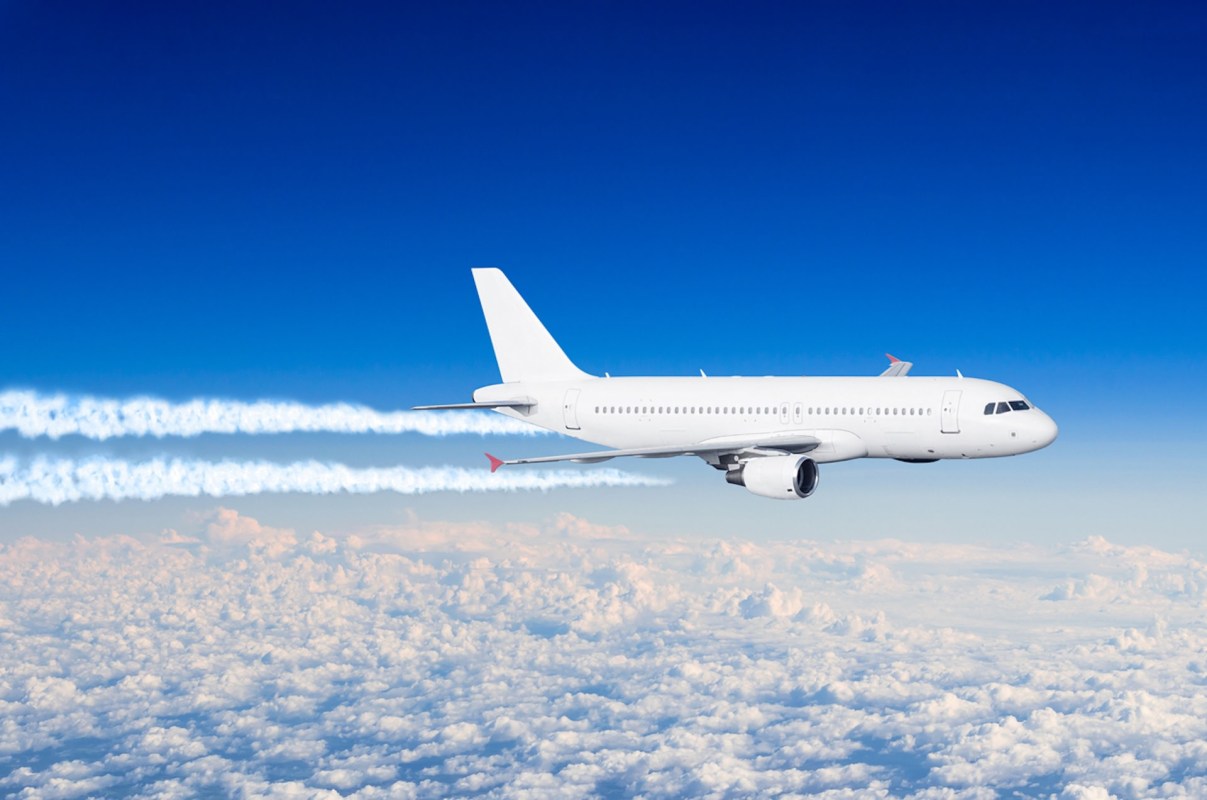The holidays are wrapping up, and if estimates from AAA held true, over 115 million Americans traveled this season, according to CBS News. Almost 39 million of those people had flights to catch within a two-week period.
While most people blame burning jet fuel as the primary source of aviation-caused pollution, the U.N. Intergovernmental Panel on Climate Change found in 2022 that contrails, or condensation trails, may be even more harmful.
The Washington Post reported that several airlines, including American and Delta, are already working with scientists to reroute flight paths in ways that will avoid these contrails — white, wispy clouds that form behind aircraft as hot exhaust and soot particles emitted from engines interact with cool, wet air and condense at high altitudes.
Jill Blickstein, vice president for sustainability at American Airlines, told the Post the collaboration was an opportunity to "have a chance to learn and be part of the solution."
It is believed that contrails are a problem since they trap heat radiating from the Earth's surface, and at night they don't have the effect of reflecting some of the incoming heat as they do in the day. Their actual impact is still being studied. Estimates range from 8% to 57% of aviation's overall warming effect, with huge margins of error, according to the Post.
Inspired by research on the warming effects of contrails, per the Post, the European Union will require airlines to monitor, report, and verify all non-carbon climate effects, including contrails, beginning in 2025.
According to the Environmental Protection Agency, aviation is responsible for 10% of all harmful gases caused by transportation in the United States, as reported by the Environmental and Energy Study Institute. It also accounts for 3.5% of all human-caused pollution.
A European Union study, cited by the group Transport & Environment, reported that airplane contrails contribute twice the Earth-heating effect of their carbon pollution.
Taking those numbers into account, the challenge is finding a balance between the cost and impact of using extra jet fuel (for flying different paths that avoid contrails) and whether the trade-off is effective.
For example, American Airlines flew test flights and found that while the planes burned 2% more fuel, they produced 54% fewer contrails than the flights that weren't rerouted, according to Google's reporting.
A 2020 paper by researchers from Imperial College and the German Aerospace Center also discovered that "rerouting 1.7% of flights could cut contrail warming by 59% while burning just 0.014% more fuel," as reported by the Post.
"If we can avoid certain contrail regions with high efficacy and low cost, this will be the cheapest climate solution we know of," Marc Shapiro, head of the contrails team at the Bill Gates-backed Breakthrough Energy, told the Washington Post.
Marc Stettler, who studies transportation and the environment at Imperial College in London, added, "This is a huge opportunity for aviation to reduce its climate impact."
Join our free newsletter for weekly updates on the coolest innovations improving our lives and saving our planet.









